
We, Dr. Shahriar Hossain and Dr. Monika Akbar, are developing a Java programming course for beginners. All the Java video lectures are linked from this page. Subscribe to receive notifications of new posts.
Subscribe to our YouTube Channel to receive notifications when we post YouTube videos:
We hope that you will enjoy the video lectures and the exercises we post.
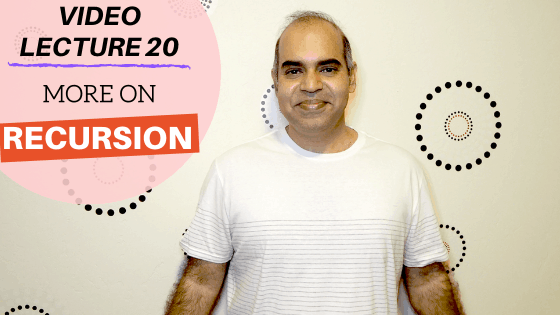
Recursion in Java: Another beginners’ guide: Video Lecture 20
This post is a continuation of the previous video lecture on Recursion. The current post and the associated video lecture explain more on recursion in Java. We target the following problem — how to compute the summation of all the integer numbers between 1 and n, using recursion. Recall from ...
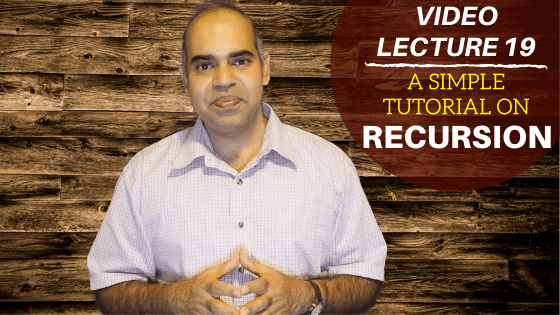
A beginners’ tutorial on recursion in Java: Video Lecture 19
This article discusses the basics of recursion in Java. We will discuss the theory of recursion, how we can write a recursive method in Java, and how to trace a recursive program. We are already familiar with how to use methods in Java. A method is a code snippet that ...

Methods in Java programming language: Video Lecture 18
This article covers details on methods in Java. It explains why we need to use methods in our programs, how to pass data to a method using parameters, and retrieve information from it via a return statement. A method is a block of code to perform some specific tasks. One ...

Finding the Largest and the Smallest Numbers in an Array in Java: Video Lecture 17
Finding the largest and smallest numbers in an array is a common programming problem. This post describes how to write a Java program to find the largest or the smallest element in a one-dimensional array. In Java Video Lecture 16, we gave two exercise questions on one-dimensional arrays. The exercise ...
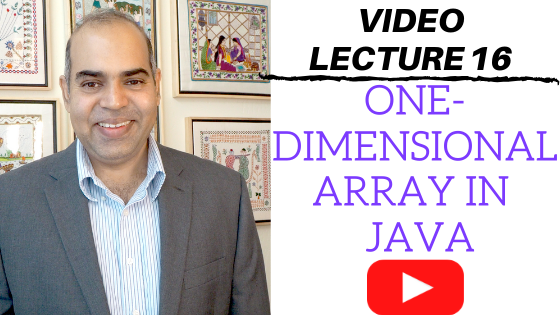
Single dimensional array in Java: Video Lecture 16
A single dimensional array or a one-dimensional array can hold more than one element. Using an array, one can avoid the use of too many variables to store the same data types. As an example, a programmer can use an array variable to refer to the GPA scores of many ...
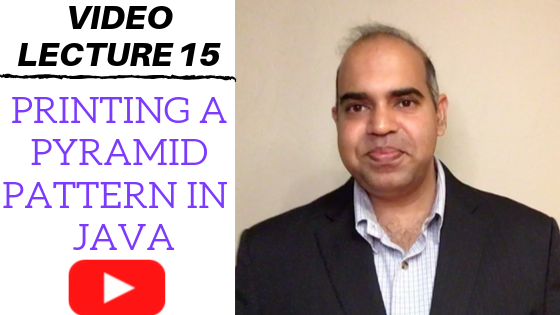
Pyramid of stars in Java: Video Lecture 15
Printing the pyramid pattern of stars is a common practice in learning any programming language. In this post, we will learn how to print the pyramid pattern of stars in Java. The program output for a pyramid of ten lines of stars is provided below. My Computer$ java Pyramid Enter ...
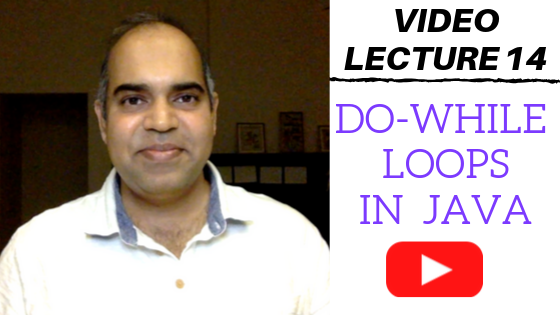
Java do-while Loop: Video Lecture 14
Java do-while loop is one of the three looping techniques available with the language. The other two loops are: for loop and while loop. do-while is a little bit different than for or while loops. In the “for” or “while” loop, generally, a condition is checked in the beginning to ...
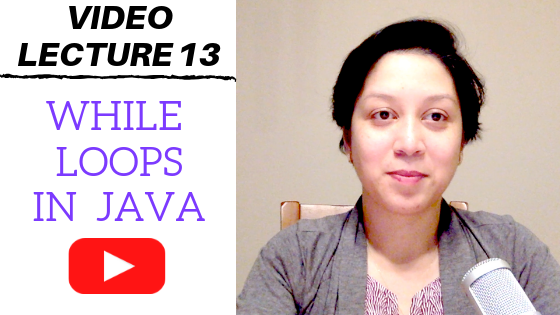
While loops in Java: Video Lecture 13
Java has three types of loops: (1) for loop, (2) while loop, and (3) do-while loop. This post focuses on while loops in Java. In the video-lecture associated with this post, we compare side-by-side for loops and while loops. Contents1 While loops in Java2 Problem Used in the Video3 The ...

Connected nested loops in Java: Video Lecture 12
As stated in the previous video lecture, nested loops refer to the repetition of another repeated task. The nested loops we discussed in the last lecture were not dependent on each other in determining how many times a loop should iterate. In the exercise of this lecture, we demonstrate how ...

Nested loops in Java: Video Lecture 11
Nested looping refers to a loop inside another loop. Many applications require to loop over a repeated task. Nested looping is a solution to aid such repetitive tasks. As an example, consider printing ten lines on the terminal, where each line contains twenty asterisks, as shown below. ******************************************************************************************************************************************************************************************************** Printing one ...

An exercise on for-loops and if-else: Video Lecture 10
In the previous video lecture, we learned how to repeat a segment of code using a for-loop. The segment we used for repetition was small. In the following video lecture, we incorporate an if-else structure inside the scope of a for-loop. We use a simple problem to develop this practice ...

An introduction to Java for loop: Video Lecture 9
Repetition of segments of codes is an essential part of programming. Repeating the execution of a code segment, a programmer can reduce the size of the code as well as solve problems that require iterations of similar computations for an arbitrary number of times. Java provides three syntaxes for repetition: ...

Computing letter grade from GPA using if-else statements in Java: Video Lecture 8
In the previous video-lecture, we described how if-else if-else statements work. We provided an exercise with the video-lecture. In the video with this article, we provide a solution to the exercise. Contents1 Tracing a program with if-else if-else statements2 The video: An exercise and the solution3 The if-else if-else exercise ...
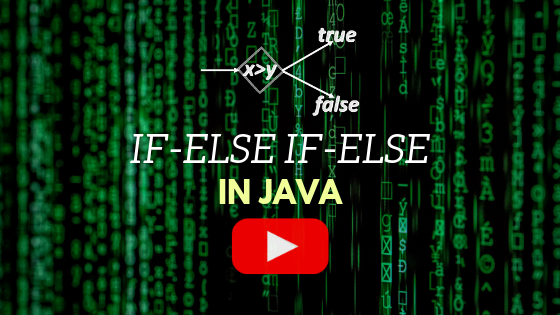
if-else if-else statements in Java: Video Lecture 7
There are several control statements in Java, among which if-else if-else and switch statements are used for selection operations. The video lecture below explains if-else if-else statements. Programmers use if-else if-else statements for decision making in the code. That is, if-else if-else statements help in executing a part of the ...
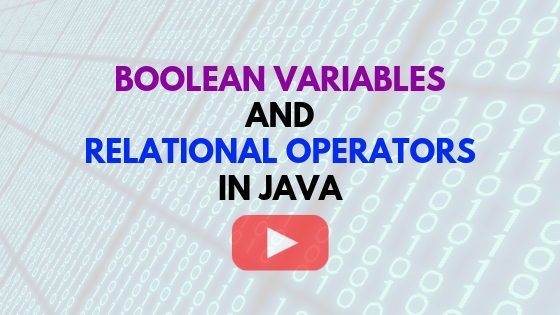
Boolean Variables and Relational Operators in Java: Video Lecture 6
A boolean variable is capable of holding either “true” or “false.” A computer program may use one bit only to store the status “true” or “false.” You might already know that the smallest memory unit of the computer is a “bit.” Therefore, a boolean variable uses as little memory as ...
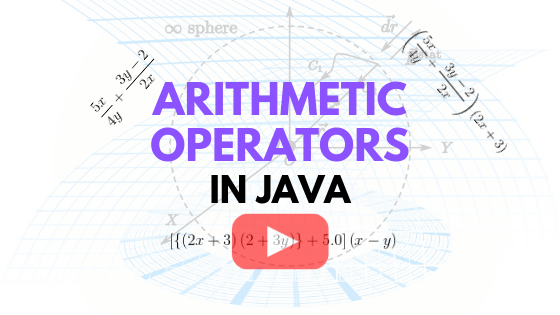
How to Use Arithmetic Operators in Java: Video Lecture 5
Arithmetic operators play a significant role in mathematical operations when using a programming language to solve a problem. The Java programming language has five basic arithmetic operators — addition (+), subtraction (-), multiplication (*), division, and the remainder (%). Programmers apply each of these operators on two operands (that is, ...
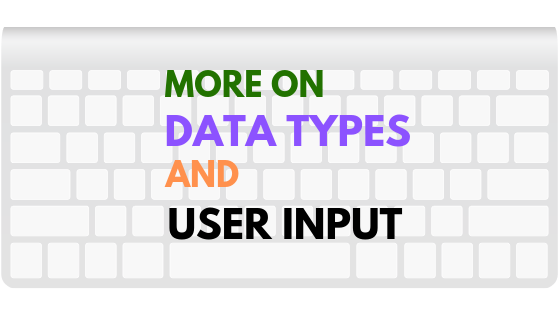
More on Data Types and User Input in Java: Video Lecture 4
We have been discussing preliminaries of Java Programming language so far. If you have watched all the previous videos we made and completed the associated exercises, it is time to talk more about data types and user input in Java programming language. Contents1 The Video: Data types and user input ...
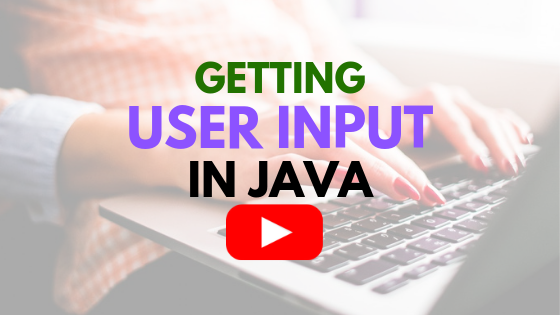
User Input in Java and Writing a Calculator Program: Video Lecture 3
I am writing this article in support of the video we made on the topic — Getting User Input in Java. The video helps new learners by providing explanations on how to develop a simple calculator program. The user of the program types on the keyboard to enter two numbers ...
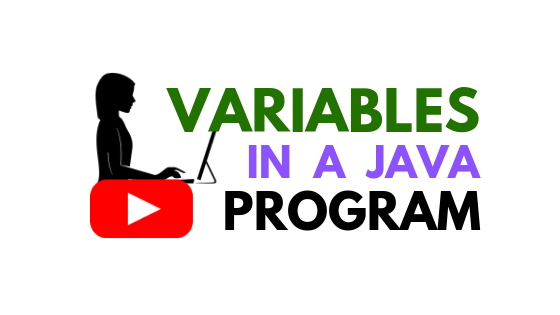
An Introduction to Variables in Java: Video Lecture 2
I am writing this article today in support of the video I made on Variables in Java. The video describes a little bit of theory and then demonstrates how you can use multiple variables in your program. I used simple applications — addition and subtraction of two numbers — to ...
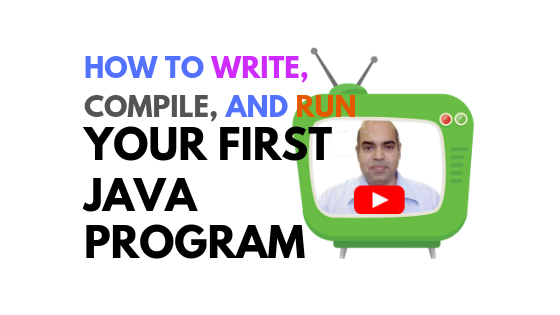
Writing Your First Java Program: Video Lecture 1
Writing the first program in Java can be intimidating, especially if someone is learning a programming language for the first time. Please do not be afraid or discouraged. If you saw someone write programs in the speed of light — especially in movies when there are only ten seconds left ...
